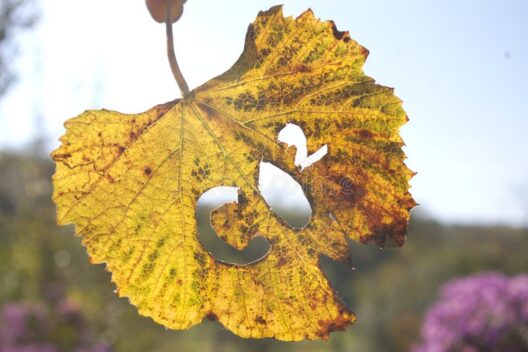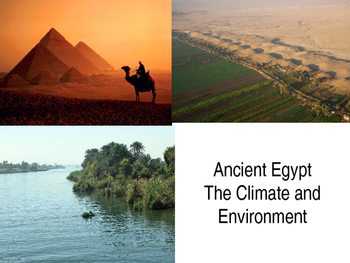As we stand on the threshold of an unprecedented era influenced by climate change, it becomes imperative to contemplate what the world will feel like in sixty years. The convergence of numerous environmental factors paints a complex picture, where today’s weather patterns will inevitably evolve into something far more extreme and unpredictable. By examining climatic projections and extrapolating current trends, we are not just peering into the future but also preparing ourselves for significant alterations in our weather and climate systems.
The trajectory of climate change is driven by anthropogenic activities, primarily the combustion of fossil fuels, deforestation, and industrial agriculture. These actions have led to a substantial increase in greenhouse gas concentrations in the atmosphere. In the next sixty years, if these trends continue unabated, we can expect a notable rise in average global temperatures, with projections suggesting an increase of 1.5 to 4 degrees Celsius by 2080. This warming will manifest in our daily lives, impacting everything from the frequency and intensity of storms to the distribution of flora and fauna.
First and foremost, one significant change will be the alteration in precipitation patterns. Some areas may experience heightened rainfall, leading to increased flooding, while others may endure severe droughts. Regions once considered temperate could become arid, forcing communities and ecosystems to adapt swiftly. This discrepancy poses risks to agriculture, threatening food security across the globe. Crop yields will fluctuate dramatically, depending on local climatic conditions. Farmers will have to pivot towards more resilient crops, and innovative agricultural strategies will be pivotal in mitigating food shortages.
The melting of polar ice caps and glaciers, a consequence of rising temperatures, will exacerbate sea-level rise, predicted to reach as much as three feet by 2100. Coastal cities such as Miami, New Orleans, and Jakarta could find themselves inundated, requiring substantial investments in adaptation strategies or even relocation. The urgency to develop resilient infrastructures—such as sea walls and improved drainage systems—will arise as coastal communities grapple with increasingly evident threats. In contrast, areas currently uninhabited due to extreme climate might become viable, appearing as a shifting mosaic of habitable zones.
Conversely, the repercussions of climate change are not limited to humanity alone. Ecosystems are anticipated to undergo dramatic transformations. Species migration will intensify as wildlife attempts to escape diminishing habitats, retreating to cooler, more hospitable zones. Biodiversity will suffer as certain species face extinction, unable to adapt quickly enough to the racing pace of climate shifts. Marine environments will not be spared either; ocean acidification and rising temperatures threaten coral reefs, the rainforests of the sea, which serve as crucial habitats for countless marine organisms. The cascading effect of these changes will lead to shifts in fisheries, impacting food systems and economic stability.
In addition to natural ecosystems, human health will also take a hit due to climate change. The prevalence of heat-related illnesses will rise, especially in urban areas where the heat island effect exacerbates normal temperature fluctuations. Vector-borne diseases may proliferate, expanding their reach as warmer temperatures allow carriers like mosquitoes and ticks to thrive in new regions. Public health systems need to be fortified to address these emerging challenges. Enhanced surveillance systems and focused preventative measures will be essential in safeguarding vulnerable populations against disease outbreaks.
The socio-political landscape will also be influenced profoundly by climate change. Historically, resource scarcity has been a catalyst for conflict, and as water and arable land become increasingly scarce, tensions may mount within and between nations. Climate refugees, those displaced by extreme weather events or rising waters, may form a new demographic that challenges existing political frameworks and necessitates comprehensive policy reform. The intertwining of climate with social justice becomes evident as marginalized communities often bear the brunt of environmental degradation while possessing fewer resources to adapt effectively.
It is essential to reframe our understanding of climate change from a distant, abstract concept to an immediate, tangible reality. The way we choose to respond now will dictate the quality of life for future generations. Climate action is not just a political obligation but a moral imperative. Transitioning to renewable energy sources, investing in sustainable infrastructure, and championing conservation initiatives are vital steps we must undertake. There is promise in innovation—technologies and practices that can help mitigate climate effects, such as carbon capture or sustainable agriculture, are evolving. Yet, these advancements will require global collaboration and commitment.
In contemplating what climate will feel like in sixty years, it becomes clear that we are not merely passive observers of these evolving dynamics; we are active participants in shaping what lies ahead. By embracing a perspective that prioritizes the environment, we render ourselves equipped to tackle future challenges head-on. Education and awareness will be critical in galvanizing communities and fostering a culture of proactive environmental stewardship.
In conclusion, while the future presents a landscape fraught with uncertainty, it also brims with the potential for growth and transformation. As we prepare for tomorrow’s weather, let us do so with the understanding that our choices today resonate across decades. By focusing on sustainable practices, innovative technologies, and legislative reform, we wield the power to profoundly influence the trajectory of our climate. The call to action has never been more urgent. Will we heed it?








